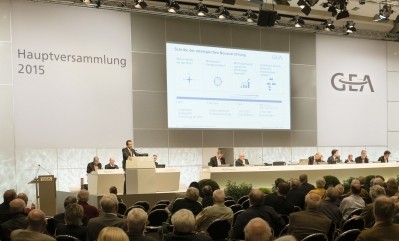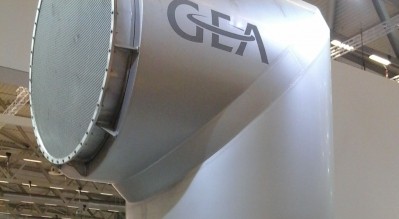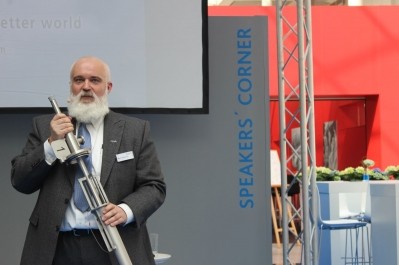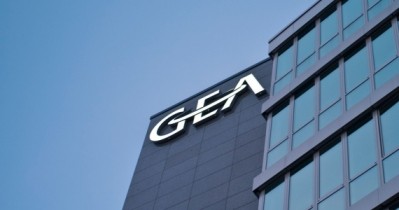Spray dryer simulation investment leaves GEA in 'league of its own'
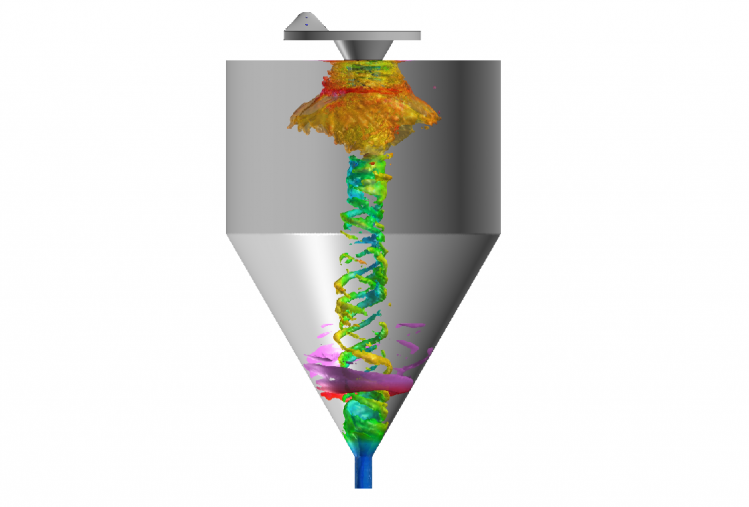
The acquired unit, which is six-times faster than its predecessor, can "process the smaller and less complicated simulations a lot faster" and complete "larger and more complicated calculations with a reasonable amount of time," GEA claims.
“It allows us to do simulations so advanced, that it puts us ahead of any and all competition,” said Mads Reck, fluid mechanics R&D group manager, GEA.
The purchased unit boasts a high performance computing cluster (HPC) with 512 cores, 90 terabytes (TB) of disk space, and 2 TB of random access memory (RAM).
"It's not that impressive in reality," Reck told DairyReporter.com. "It looks like a fridge. But its a lot of cabling and iron, so it looks complicated at least."
GEA technicians in Denmark spent around 18 months configuring the supercomputer to perform computational fluid dynamics (CFD) simulations of spray drying processes.
Such simulations were, according to GEA, key to designing the world's largest spray dryer, which was installed at Fonterra's Darfield plant in New Zealand in 2013.
With the ability to work at six-times the speed, GEA customers will without doubt benefit from the investment, said Reck.
"The more power you get, the more you can do and the further you can go with R&D projects," he said.
"In the long run our customers will benefit from our ability to attack the more complex food mechanics R&D problems."
Complex R&D
The spray dryer installed by GEA at Fonterra's Darfield plant last year has the capacity to produce 30 tonnes of milk powder per hour.
Seemingly impressed, Fonterra commissioned GEA to build a another identical dryer for its Darfield facility.
Unveiling the first GEA dryer in September 2013, Fonterra said milk powder produced at the facility would be exported to dairy-hungry markets including China, Southeast Asia, and the Middle East.
Likewise, GEA has benefitted significantly from growing global demand for milk powder.
In Q4 2013, it reported dairy technology sales of €120m (US$150m) - a result it attributed in large to Asian milk powder demand. This trend carried over into the first half of 2014, with GEA landing "large orders... driven by Asian demand for milk powder."
This demand, combined with the April 2015 European Union (EU) milk quota abolition, will likely drive demand for spray drying technology for years to come.
This, however, did not play a part in GEA's decision to update its CFD simulation capabilities, said Reck.
"It's not because of the increase in milk powder plants," he said. "This is just something we update every four years or so."
"But extra work on top of our daily testing will be easier to handle with more power."
"The fundamentals of this are that we can handle daily testing but we have the extra power to handle complex R&D," he added.
